SUMMARY
This is AI generated summarization, which may have errors. For context, always refer to the full article.
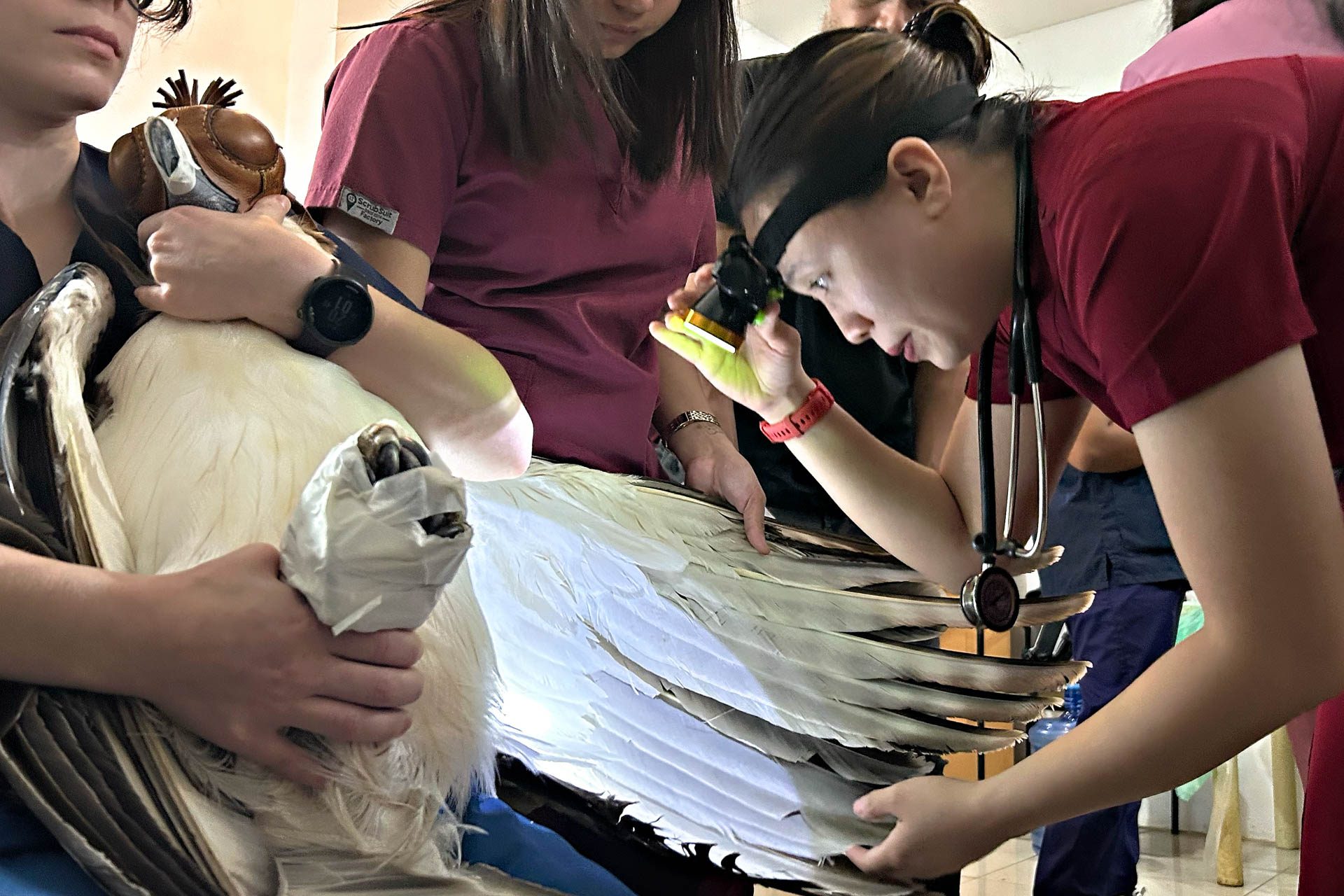
DAVAO CITY, Philippines – The Philippine Eagle Foundation (PEF) transferred seven critically endangered Philippine eagles (Pithecophaga jefferyi) from their center in Barangay Malagos to a new breeding facility in Barangay Eden on Tuesday night, February 13, with the hope of enhancing breeding success and protecting the country’s national bird from the potential threat of avian flu.
Named the National Bird Breeding Sanctuary (NBBS), this new breeding facility is situated in the 105-hectare Eden Tourism Reservation Area at the foot of Mount Apo, owned by the city government.
It encompasses a 13.46-hectare area, with 8.16 hectares designated as a natural forest buffer and 5.3 hectares allocated for the core facility currently housing one breeding chamber and six temporary holding cages, positioned at an altitude of 1,000-1,200 meters above sea level – a habitat akin to the nesting sites of the wild Philippine eagle.
PEF shared in a media primer that the move from the Philippine Eagle Center (PEC) in Barangay Malagos to Barangay Eden was “the only recourse against two main threats, which is the avian flu and the changing landscape around the PEC.”
“Game and poultry farms mushrooming around the PEC increases the risk of exposure to highly pathogenic diseases such as avian flu. Activities in adjacent farm lots are disruptive to our Philippine eagle pairs’ breeding activities. Without the productivity of our natural pairs in breeding, we lose the potential hatchlings that could be released into the wild,” PEF said.
The conservation group reported that the bird flu outbreak in Magsaysay town in Davao del Sur in March 2022, which is 90 kilometers southwest of the center, posed a direct threat to all 32 eagles in the PEC.
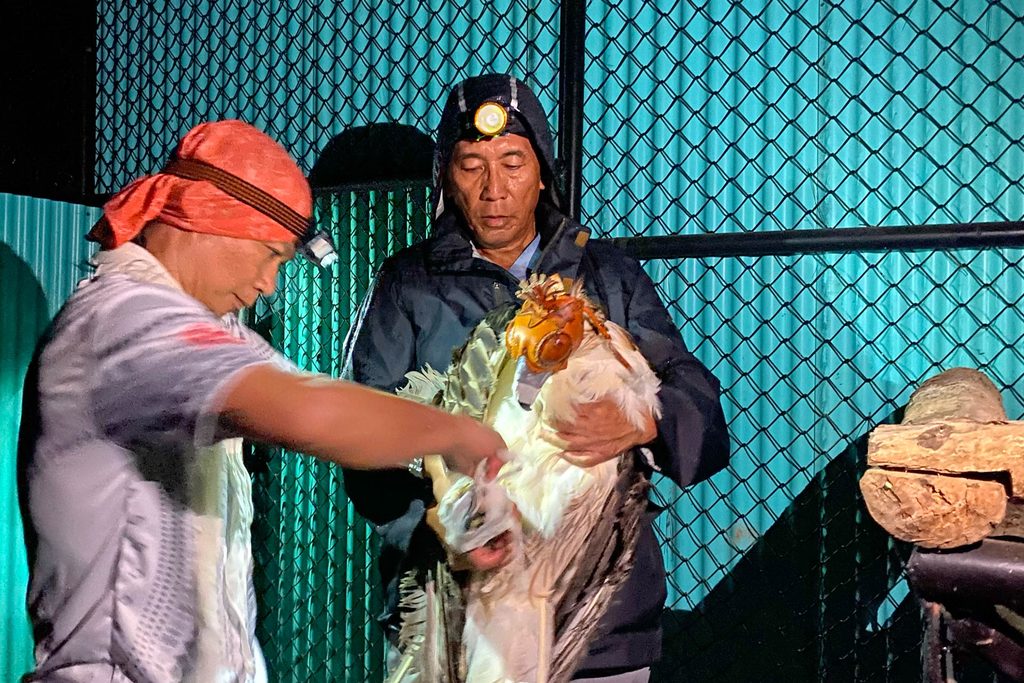
PEF executive director Dennis Salvador said this milestone was a conclusion of years of efforts convincing the government to do something about the status of the Philippine eagle.
“We had to accelerate this move to transfer some of the breeding birds elsewhere because, in consultation with the Davao City government, they cannot control development in Malagos, especially with the flourishing of game fowl farms and poultry farms surrounding the area, which puts the captive population of eagles at great risk. And so, the city government allowed us to move in here to build a new facility for the breeding eagle,” Salvador said.
According to Jayson Ibañez, director for operations, the new facility will not be open to the public and is intended only for research and conservation.
“We would be piloting the use of natural rearing techniques. Meaning, it would be the breeding pair who would take care of their young. And that would ensure the imprinting of the chick to its proper species,” he said.
The original plan was to transfer eight eagles, but following a physical examination before their transportation to the new breeding facility, only seven were deemed fit for transfer.
Ibañez disclosed that most of the eagles transferred were victims of human persecution, including their most productive pair, Ariela from Wao, Lanao del Sur, and Matatag from Mount Apo.
“Ariela, the female eagle, lost two digits in an accidental trapping incident involving a nylon rope intended for catching deer and wild pigs. Matatag, the male eagle, rescued in 2011 after being accidentally trapped on Mount Apo, endured rehabilitation and release. But, a few years later, while roaming the forests of Mount Apo, he was shot so he was persecuted the second time around, which made his wings partially functional,” he said.
Other eagles included Balikatan and Bangsa Bae, currently undergoing pairing, and three birds designated for cooperative artificial insemination, namely Dakila, Lipadas, and Pin-pin.
Ibañez pointed out that this transfer was costly, with the initial phase already totaling P9 million for labor, materials, and equipment. The upcoming second phase involves constructing two more breeding chambers and at least six holding cages to accommodate eight additional birds.
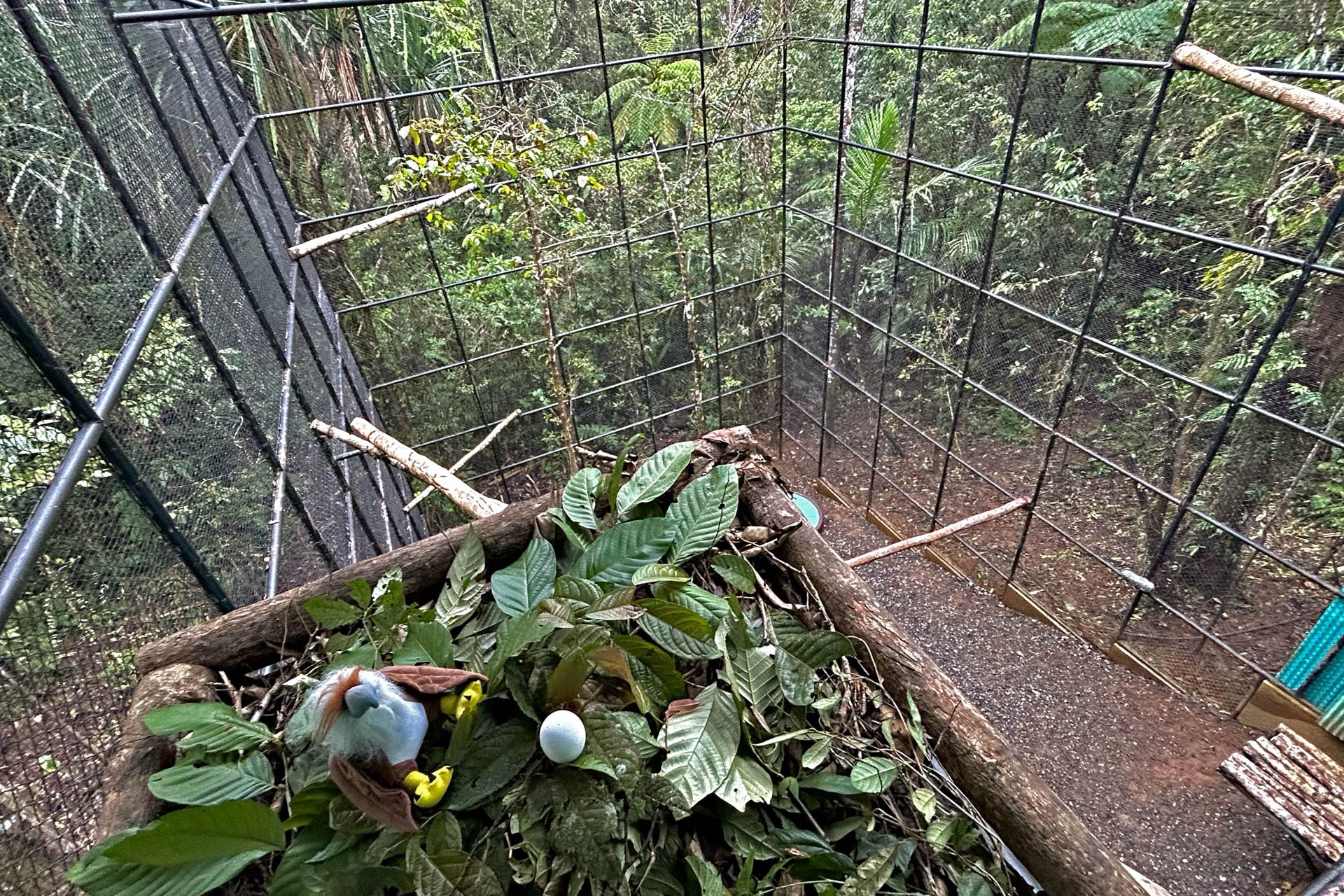
He also mentioned that the center in Malagos will remain a home for retired Philippine eagles from the breeding program, and over 100 other animals, mostly endemic and injured, which are no longer releasable to their natural habitats.
“There will be available spaces for extra educational activities, aiming to transform and maximize the old facility for education, training, and tourism. The goal is to offer meaningful, enjoyable, and interactive experiential learning for the public, making them appreciate why the Philippine eagle is our national heritage,” he added
According to their latest estimates, only 392 pairs of Philippine eagles are left around the country. – Rappler.com
Ivy Marie Mangadlao is an Aries Rufo Journalism fellow.
Add a comment
How does this make you feel?



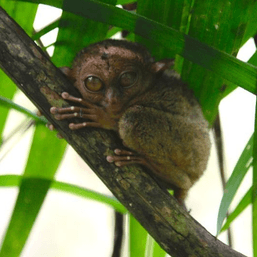




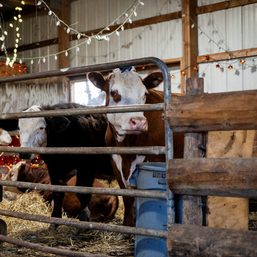
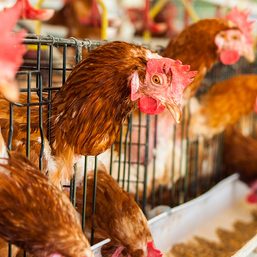


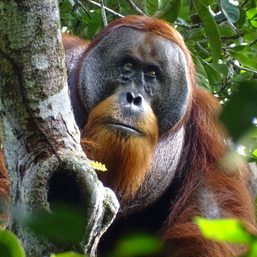
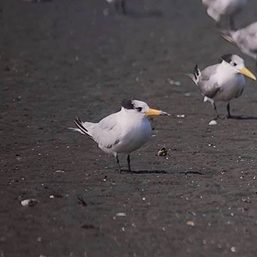





There are no comments yet. Add your comment to start the conversation.